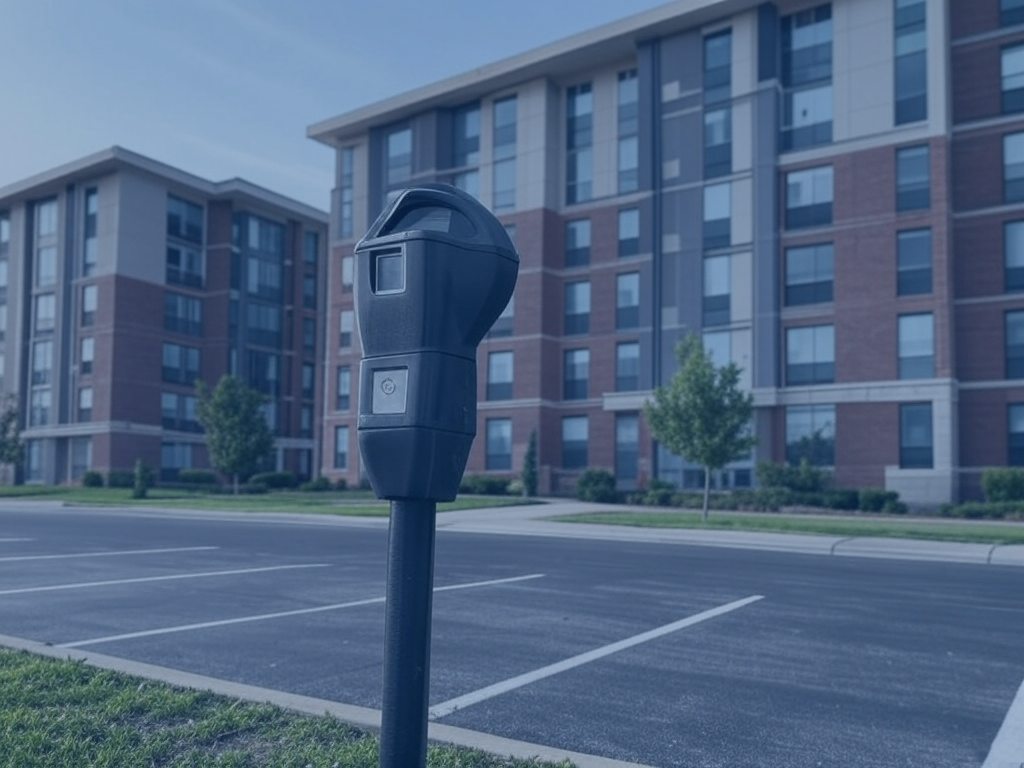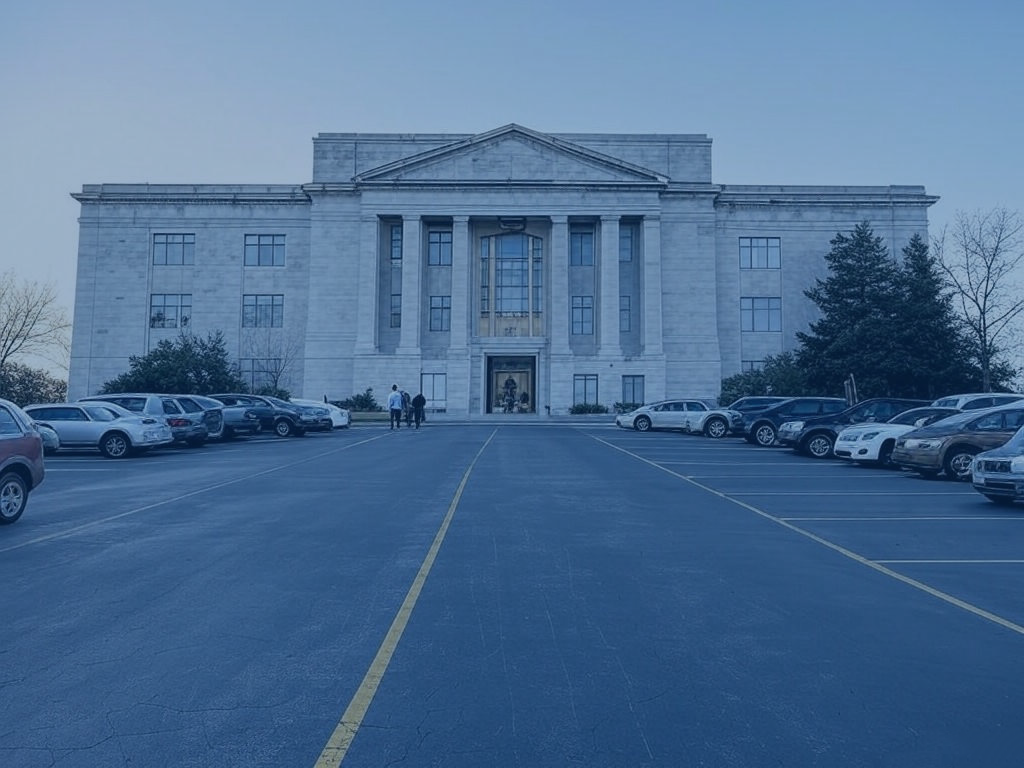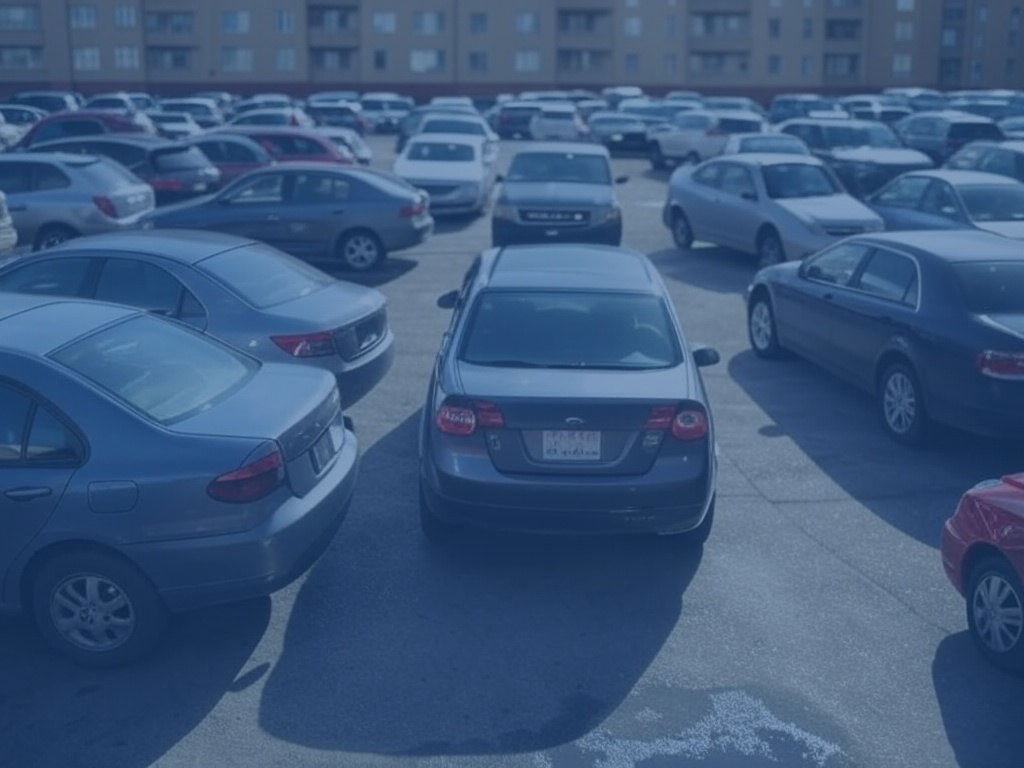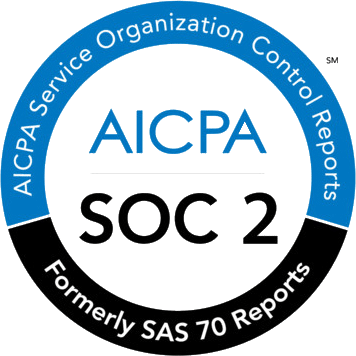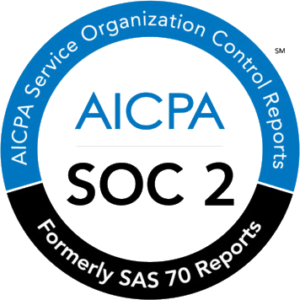An enthusiastic audience at this year’s CREtech conference in New York were not left disappointed, as Wayleadr founder, Garret Flower, presented a discussion with Netflix’s Sarah Hollis and Derrick Tyler of Uber on how they manage the employee commute.

The three innovators discussed the future of commuting, but they also touched upon what is being done today and how this is helping both the morale and productivity of employees.
Although easing all processes associated with the commute is part of Wayleadr’s remit, Mr Flower was eager to champion both learnings from Netflix and Uber.
Uber and Netflix, two of the world’s most innovative and influential companies, that champion positive and disruptive change. They have taken that mindset and used it to improve how their people get to work every day, saving them the most valuable commodity of all, which is time.
Garret Flower – Wayleadr
Thus, with such a ringing endorsement, this blog will go through some of the key lessons businesses can take from how both of these companies manage their staff coming to and going from the office.
Table of Contents
ToggleLearnings from Netflix
Data is your friend
Like most pioneering digital companies, Netflix uses data to ease their processes.
As you know, Netflix records your preferences to suggest movies and TV shows based on your taste. However, it’s not just where that they utilize information sets.
By using last mile automation software, they use data to help manage their commuting staff members.
Park up to 40% more cars in the same amount of space
Boost parking capacity by up to 40% by distributing empty spaces to employees that need them most.
Learn moreSarah was eager to preach its values when discussing their commuting strategy.
“I know we are all trying to get people back into our buildings and so having data to make informed decisions, instead of just randomly throwing darts at a wall, is so important so you can be strategic”.
Sarah Hollis – Netflix
When you can make informed decisions, you are making everyone’s commuting life easier.
Sarah added: “Having the ability to pull reports and see what our average utilization… is key for us. That way, if we know there is a large event coming up, we can make plans. Say, we need to decrease the amount of spots available to employees… so that VIPS can still come and park on-site”.
Looking for some real-life examples? Check out how companies like Colliers International, Version 1 & Ayre Chamberlain Gaunt have solved their parking problems.
More can be done around cycling
Netflix promote cycling to work. However, they do more than just simply promoting this process. They also have an infrastructure in place that make this type of commute more attractive to employees.
For instance, there are safe places for employees to park their bikes, as well as showering facilities for cyclists who want to freshen up before getting on with the workday. There is also a buddy scheme, which encourages cyclists to pair up with each other to make the commute more social.
Use software to free your time for other work
One of the key learnings from the talk was how much more staff could do when they’re removed from needless manual admin.
“Our employees can set up notifications for when the garage is reaching capacity and they know to go parking offsite. It takes it out of our hands. (In the past), if I was in a meeting, I would get a text saying the garage is full and I’d have to stop whatever I am doing in the meeting to email all of the LA employees”.
Sarah Hollis – Netflix
There are obvious significant advantages of this.
Of course, morale will rise in this instance. However, it’s also impossible to ignore the improved productivity that this change can bring.
Park up to 40% more cars in the same amount of space
Boost parking capacity by up to 40% by distributing empty spaces to employees that need them most.
Learn moreLearnings from Uber
Don’t settle for ‘just okay’
One of the standout features of these two businesses is that they never settle for something being just okay. They have both made names for themselves as innovative pioneering companies that strive for the best results.
And they bring that attitude with them in their attitude towards the commute. This was a point that Derrick made when talking about Uber’s strategy with Garret Flower.
“No matter what your commuting situation looks like, whether you have sufficient parking, whether you have sufficient transit, whether you have an easy commute for people, there are always ways to optimize”.
Derrick Tyler, Uber
Embrace the change in transport
Uber has embraced micro-mobility, recognizing how staff get to work is changing. They have put infrastructure in place to support scootering, walkers, cyclists and other ways of travelling to work.
This is something that all businesses can learn from. For instance, more people are buying electric vehicles now than ever before. However, not every company has embraced their possibilities.
By having an EV charging station at work, you can entice employees back to the office by providing a modern, convenient facility. Not only that, you can also use existing parking management software to control a booking system linked to the EV chargers.
Understand the value of a good commute
For some businesses, the commute is merely a portion of their employee’s day that has little to do with the actual organization. However, this attitude ignores the role it plays in both the morale and performance of your staff.
The link between poor commuting facilities and a reduction in both productivity and employee happiness is there.
Being the informed company that they are, Uber recognize this.
“At the end of the day, particularly for corporate campuses, the thing that we want most from our employees is productivity. So, if your employees show up and they’re drained, or if they leave and they’re drained, it’s going to reduce productivity and lower morale”.
Derrick Tyler – Uber
Waylear & the future of commuting
To view the full conversation at CRE Tech, click here.
And if you would like to learn how Wayleadr can improve commutes in your hybrid workplace, book a demo today.

